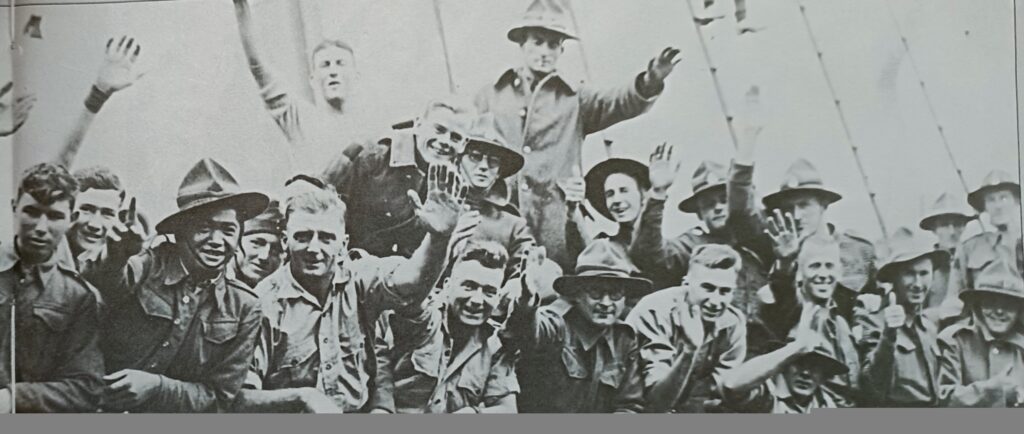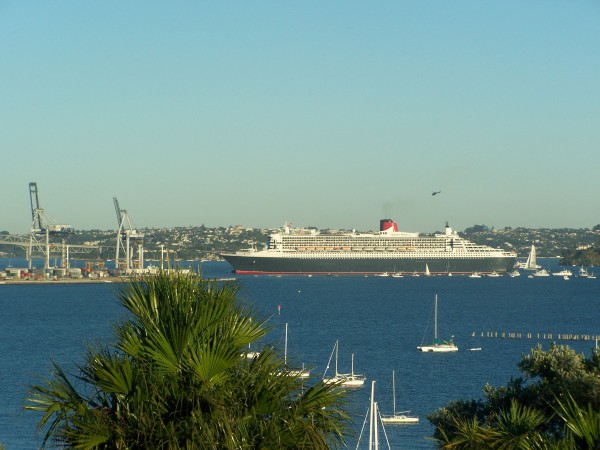ANZAC DAY and what it means to New Zealand

It is a truism that it is ANZAC Day rather than Waitangi Day that most New Zealanders now consider our true national day. I suppose it is understandable that a day commemorating national sacrifice rather than the increasingly divisive interpretations of the Treaty should be so valued by ordinary New Zealanders. ANZAC Day by the sheer power of the collective sacrifice it commemorates continues to rise above sectional interests to bring our country together. Despite a trend to promote the bleakest possible view of the history of this nation, there is much to be proud of about the way a people from such a small country rose to the challenges of the great world conflicts of the 20th century.
In the First World War of 1914-18 the New Zealanders of the ANZACs at Gallipoli, won a reputation for courage, dash and discipline. Later the New Zealand Division, fighting on the Western Front from 1916 to 1918 became acknowledged as one of the elite fighting formations of the Allied armies.
Again, in the Second World War New Zealand servicemen and women, the 2nd New Zealand Division in particular which fought in Greece, Crete, North Africa and Italy, lived up to the exemplary standards of their predecessors.
There is a quotation from Alan Moorehead’s book African Trilogy which underlined the exceptional reputation of the New Zealand Division in World War 2. Moorehead was an acclaimed writer and historian who served as a war correspondent. The episode he described was in the final months of the North African campaign.
“At last we cut through a field of cactus and beyond the main road north of Sousse. With the main road we saw the New Zealand Division coming head-on towards us in the way the enemy would have seen it coming. They rolled by with their tanks and their guns and their armoured cars. The finest troops of their kind in the world, the outflanking experts, the men who had fought the Germans in the desert for two years, the victims and the victors of a half-dozen pitched battles.”
“They were too gaunt and lean to be handsome; too hard and sinewy to be graceful; too youthful and physical to be perfect, but if ever you wished to see the most resilient and practised fighter of all the allied armies, this was he.”
But these formidable fighters were citizen soldiers. Their high motivation can be explained at by the well attested fact that they believed their country was well worth fighting for.
What was this country? A rather different New Zealand in many respects from that of today. Perhaps an incident just months before the outbreak of the Second World War can help explain the prevailing egalitarian spirit that so motivated its servicemen and women of that time.
The incident must be viewed within the context the national trauma of the Great Depression and how New Zealand had recently found a way out of it, led by the first Labour government of Michael Savage.
It was prime minister Savage, (the local MP for the Ponsonby area), by then increasingly ill, who personally led the passing of the government’s Social Security Act through all its clauses in 1938. It was to come into force on 1 April 1939. I quote from the Quest for Security in New Zealand by W.B. Sutch.
‘To house the Social Security Department a new office building was approaching completion. This was in Aitken Street Wellington in the shadow of Parliament. For the voter it became the material symbol of the social security framework that universal suffrage had erected. Such were the deep emotions stirred by the parliamentary struggle over the Social Security Act and the tensions of the subsequent elections that the burning down of the unfinished social security building in February 1939 was felt by the majority not only as a national calamity but as the working of the dark forces they felt their votes had overcome. The majority of people had suffered in the depression, they were strongly moved when their leader, Harry Holland, died, they seemed almost exalted when his party steadily gave them warmth and hope.
The social security building had to be replaced and replaced immediately. While the fire brigade were still on the job the head of New Zealand’s largest construction firm, James Fletcher, put his organisation at cabinet’s disposal and with the Public Works Department… undertook within six weeks to build new social security offices on reclaimed land at Aotea Quay. The government paid for materials and labour. The contractors took no profit and the building trade unions worked two ten hour shifts, night and day, a six-day, sixty-hour week while Wellington citizens visited the job to share, to encourage, and to offer at breaks refreshment to weary workers. Within six weeks the building was completed and on 27 March 1939 it was officially opened by Savage in the presence of thousands of people, in time to mark, five days later, the defeat of poverty.
Having won that great battle. a few months later a dying prime minister,reluctantly and sadly led his people to war.
This article was published in Gulf News and the May issue of Ponsonby News



